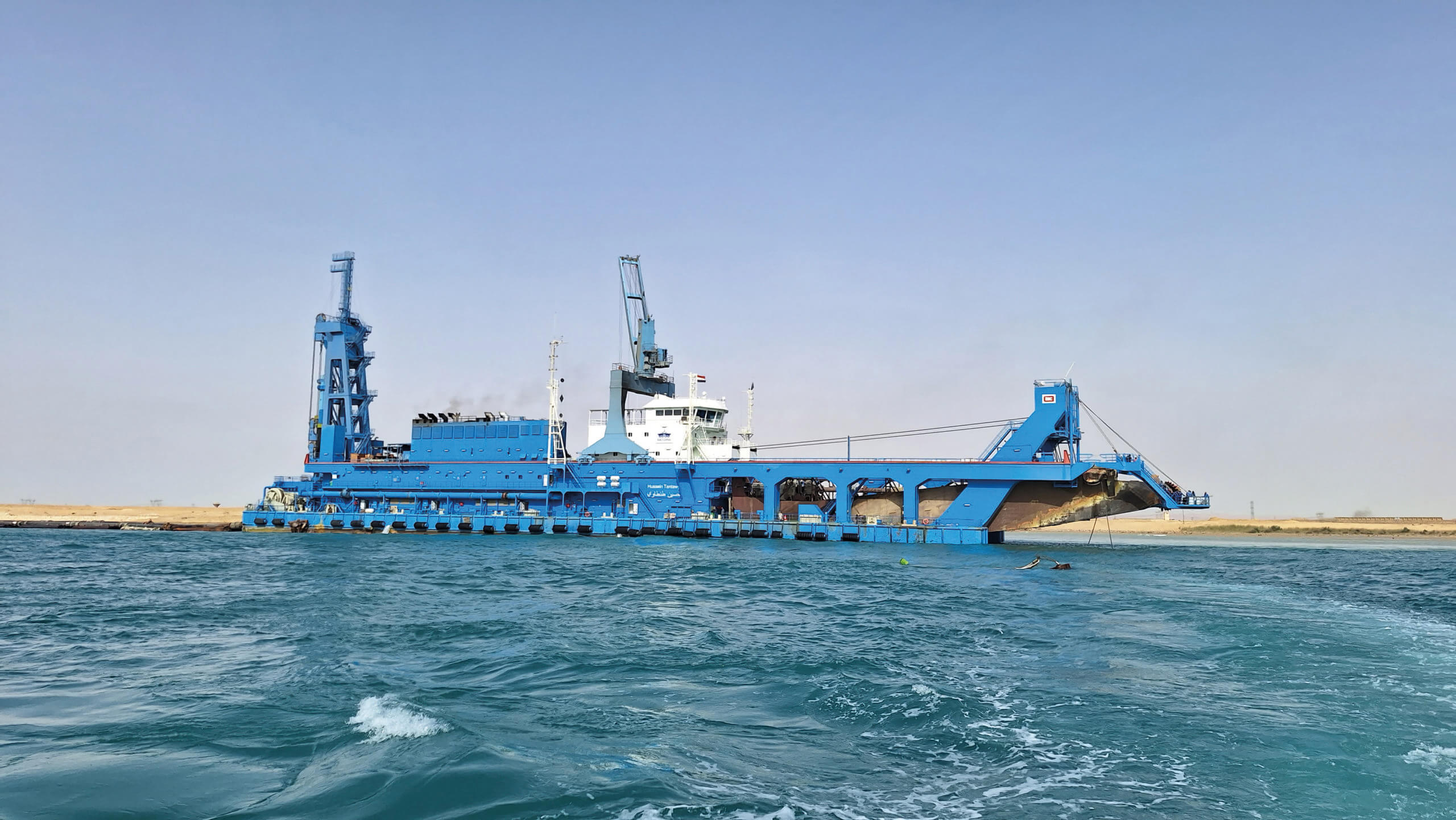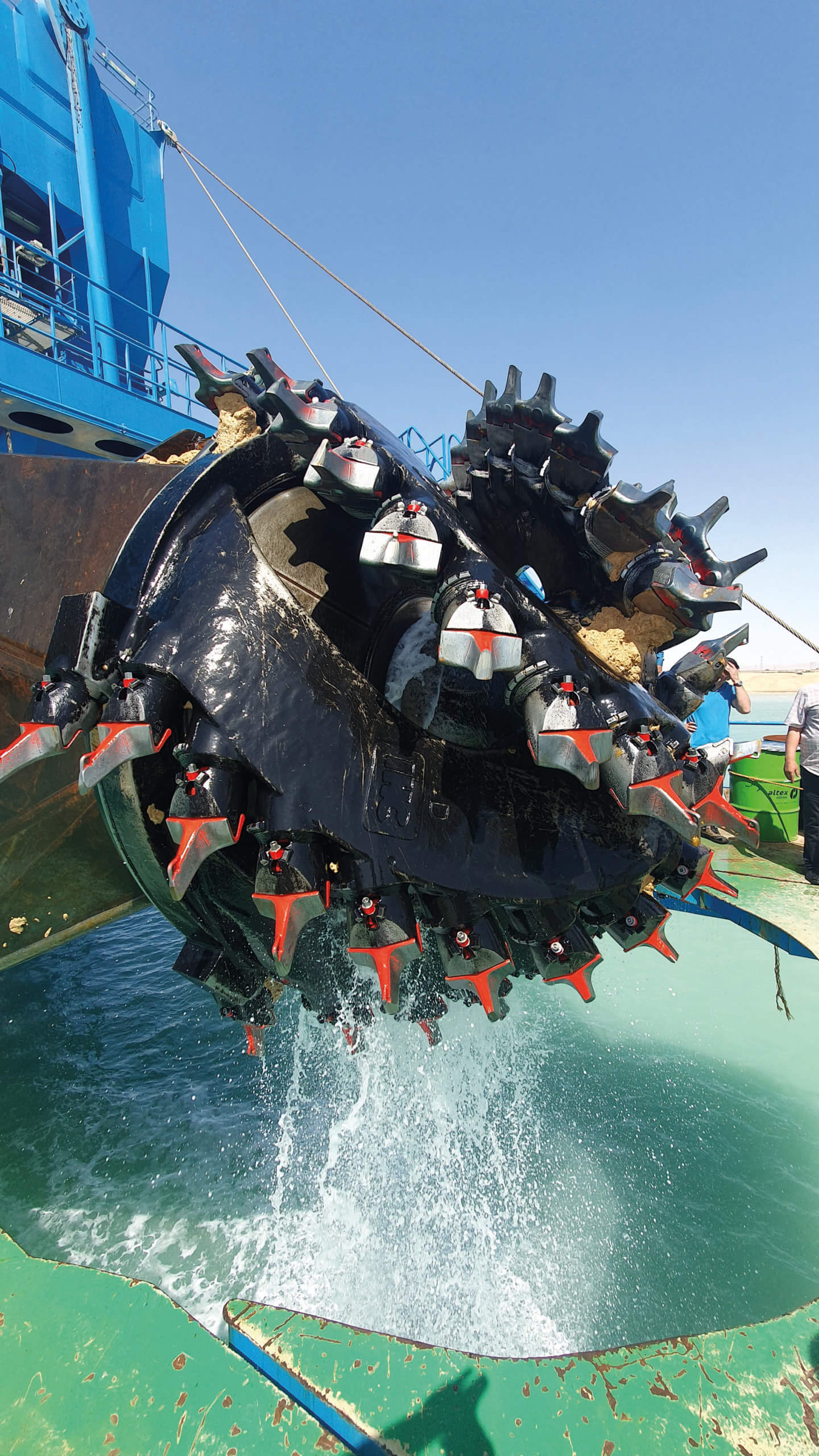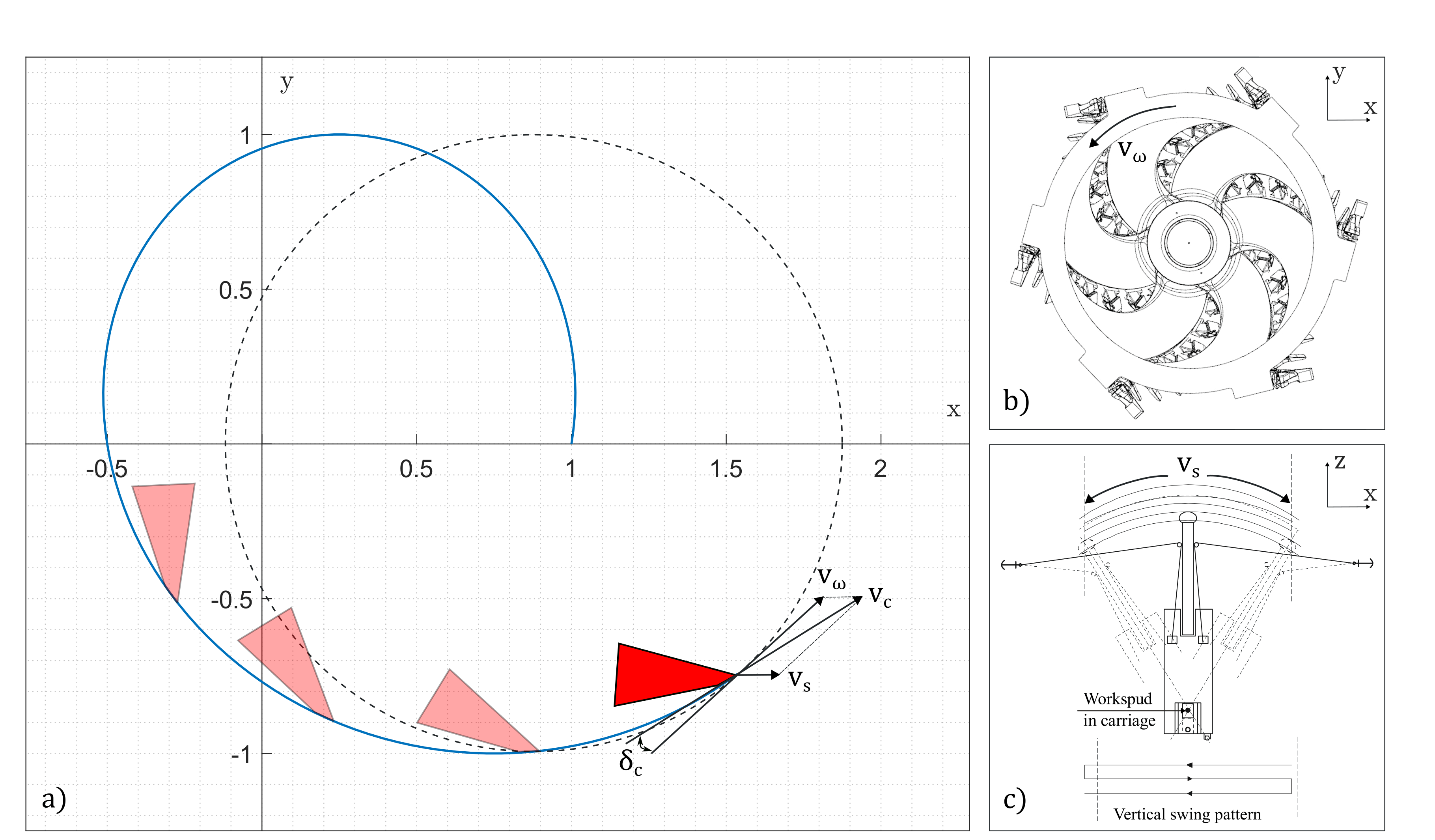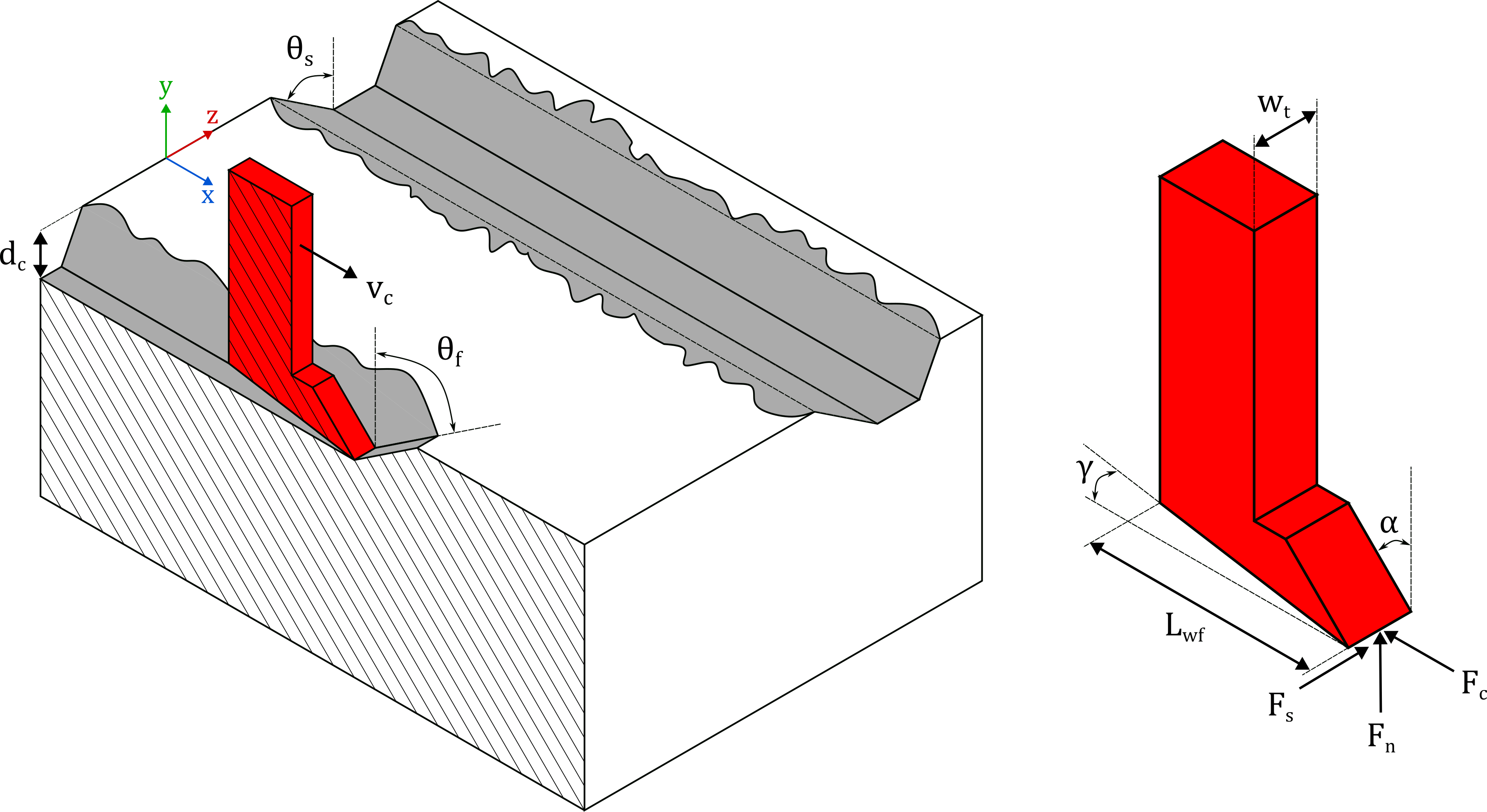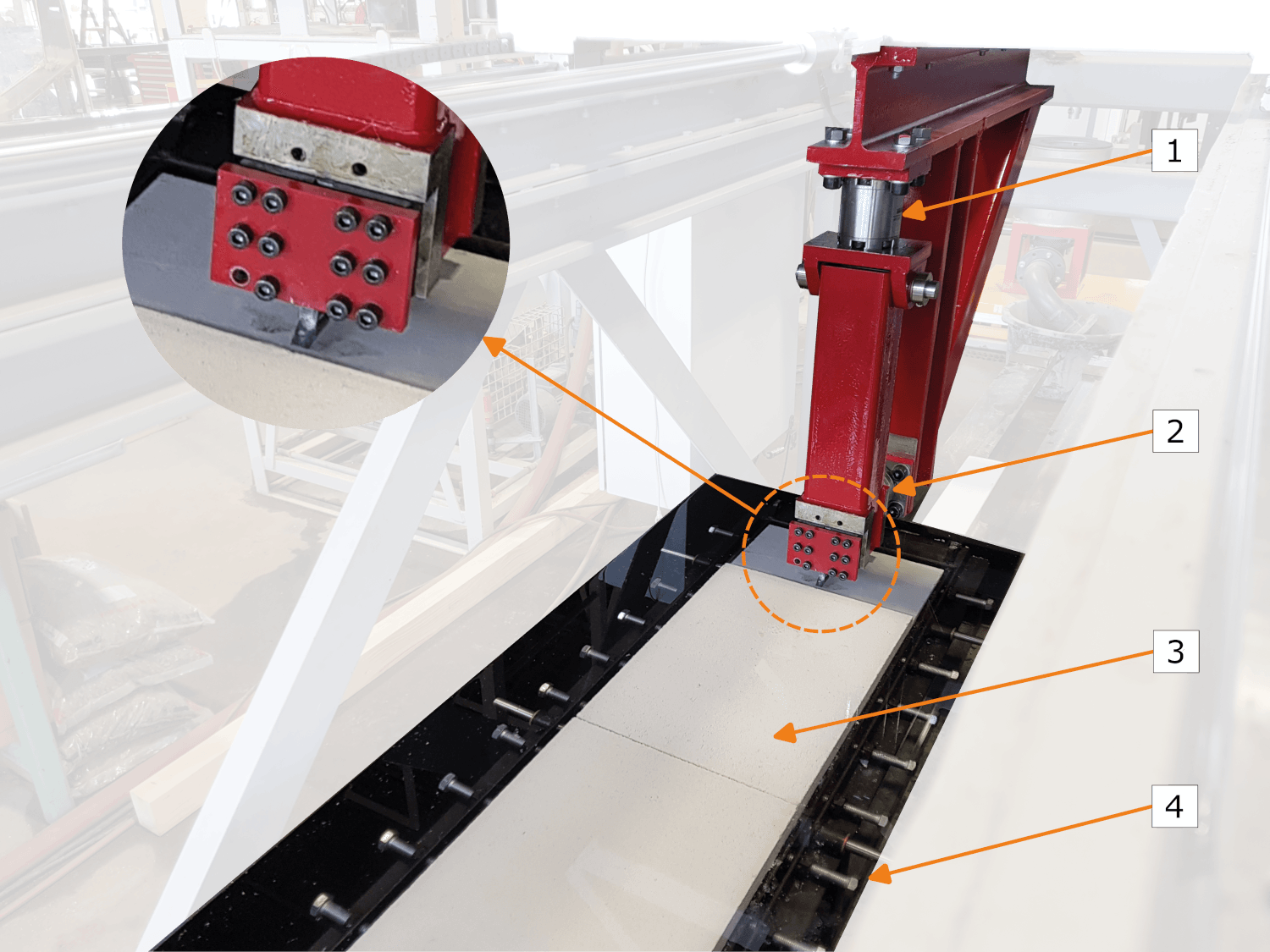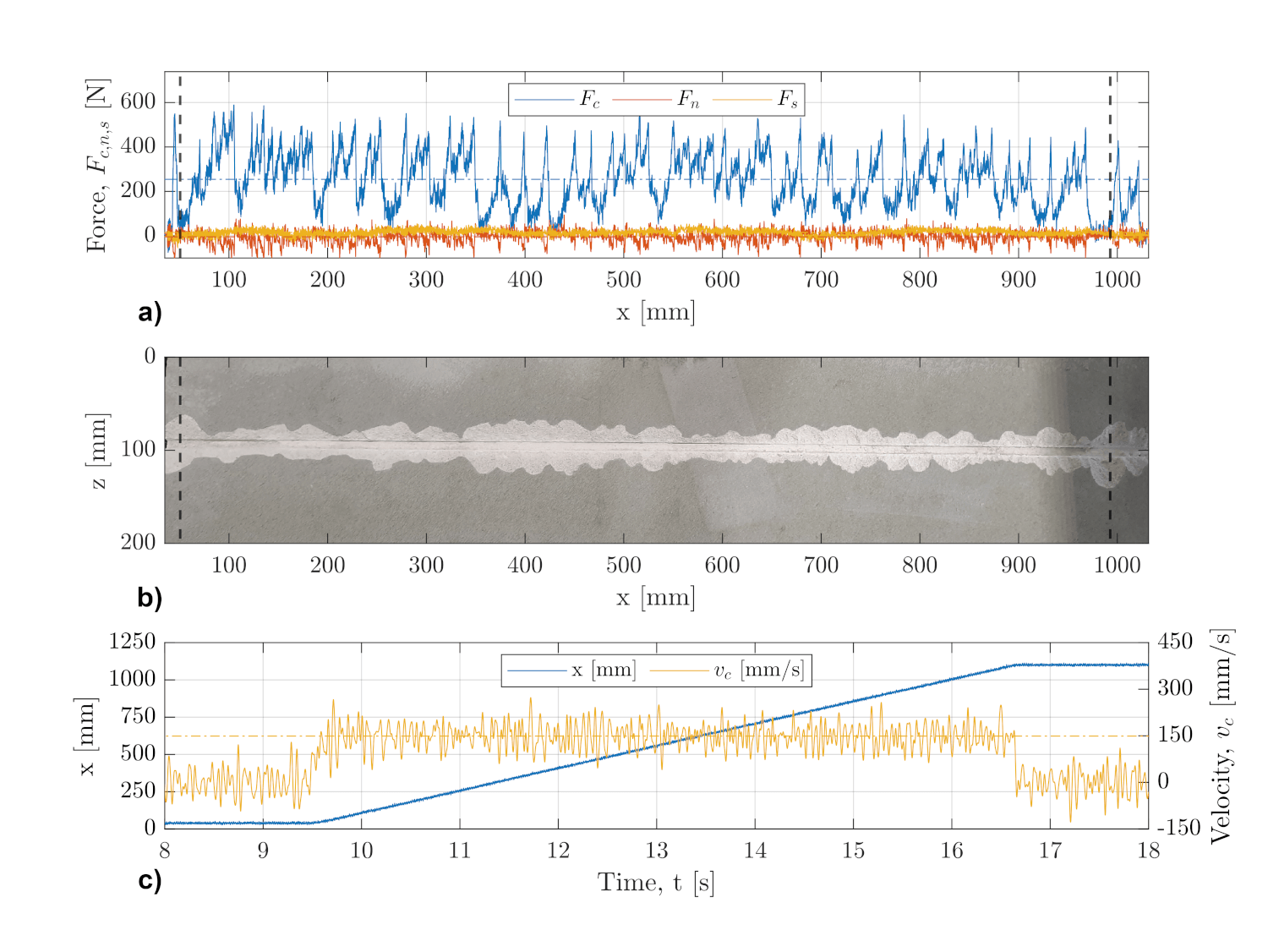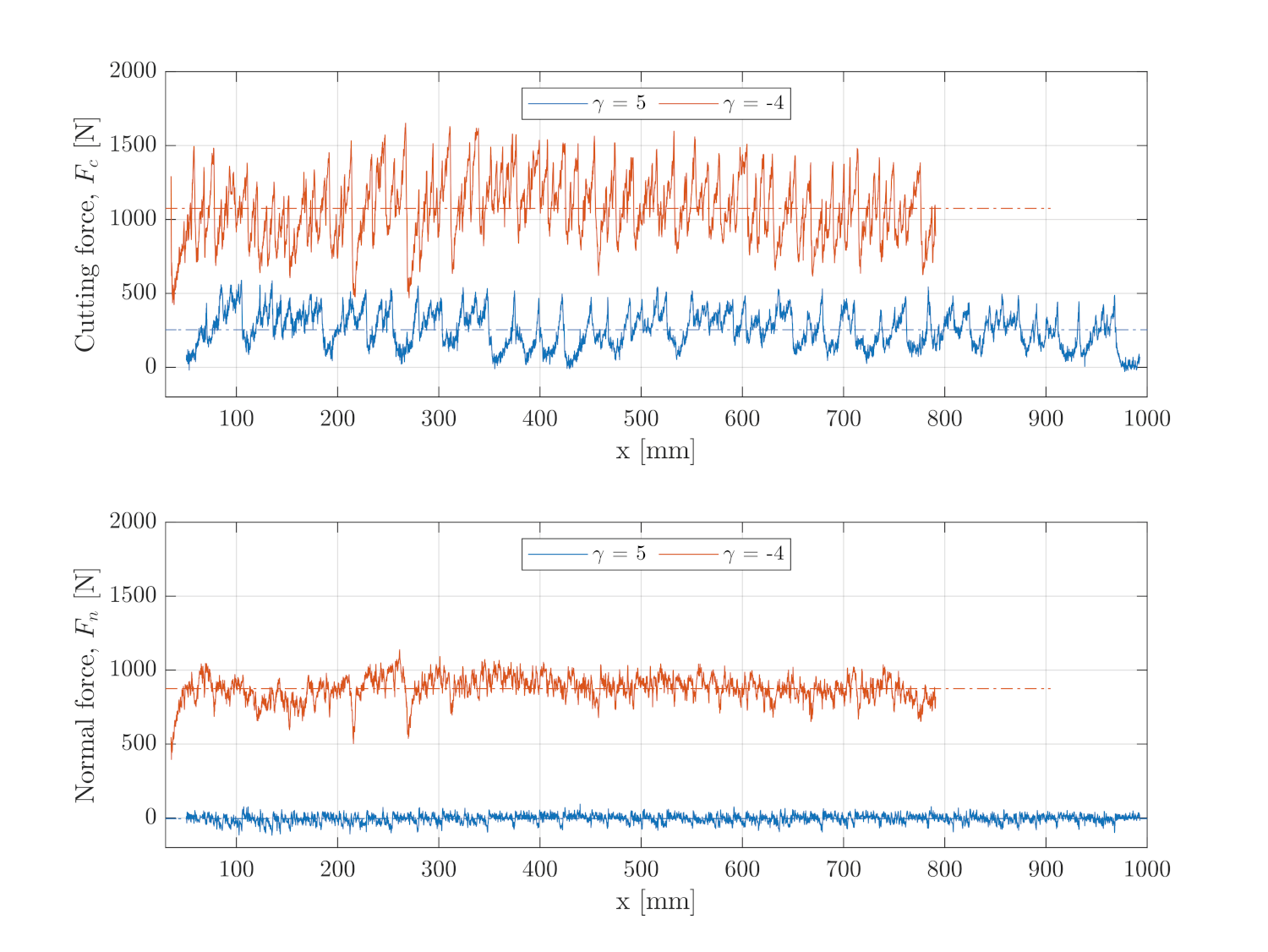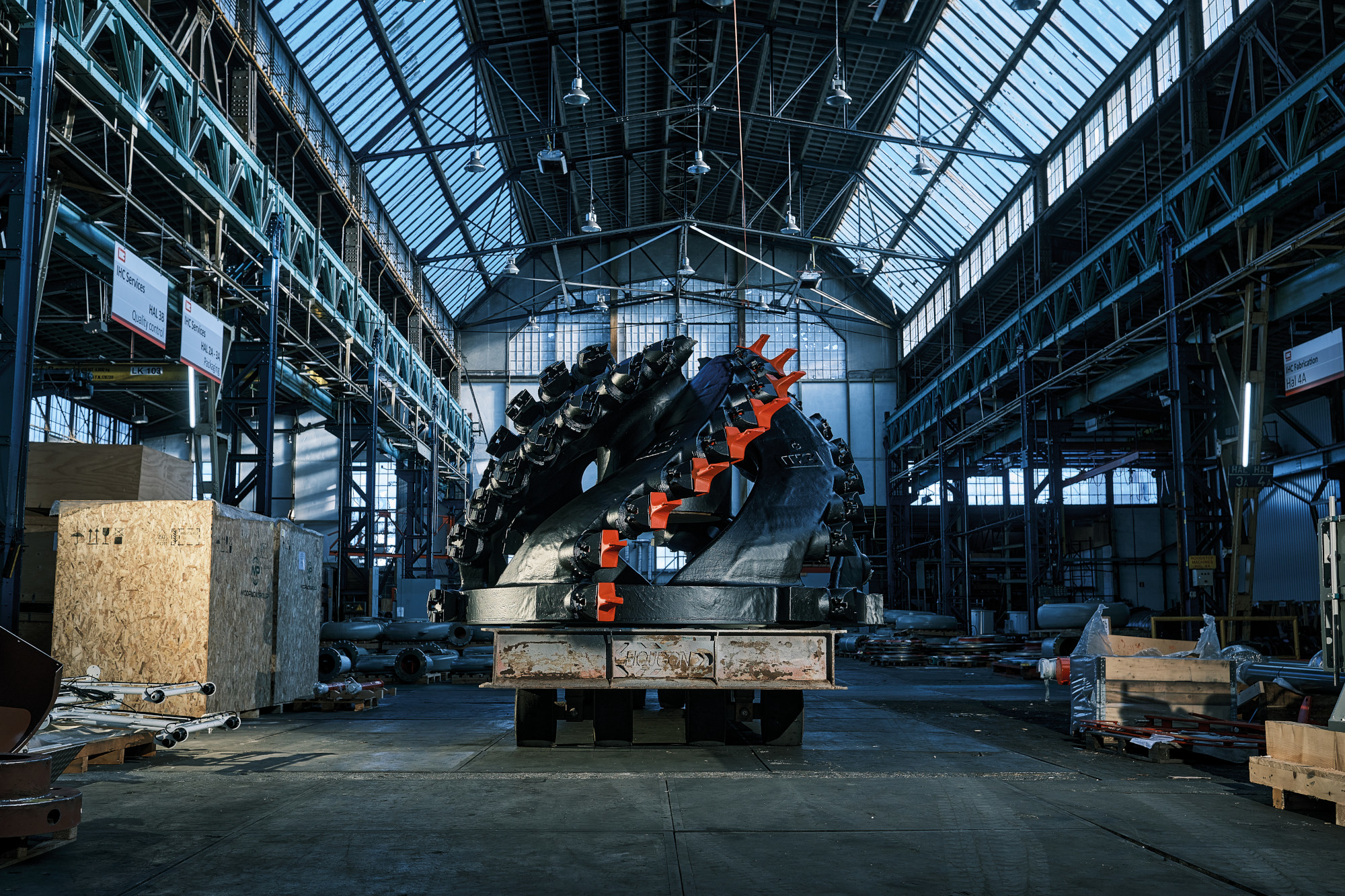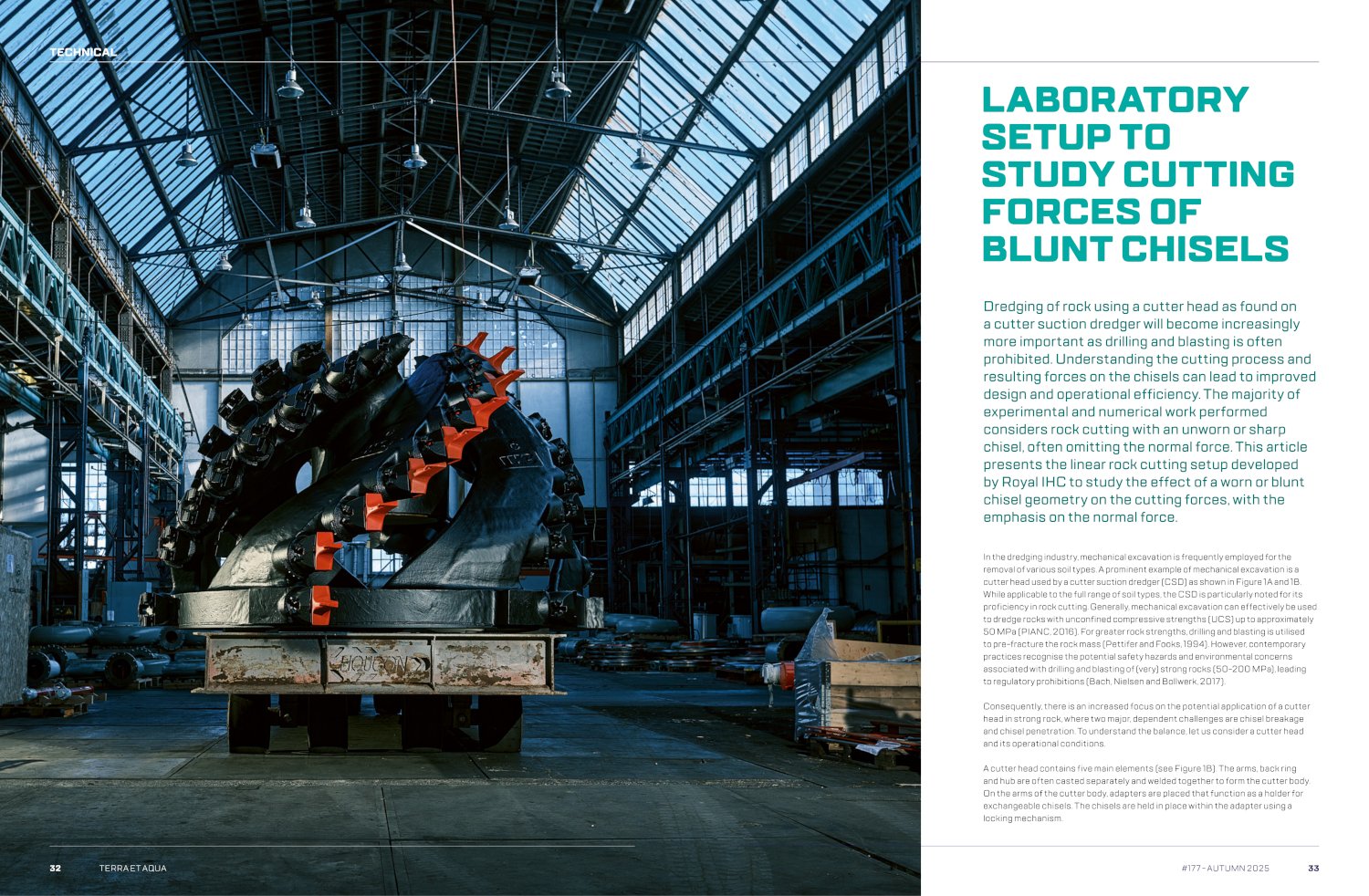ASTM D2938-95 (1995)
Standard test method for unconfined compressive strength of intact
rock core specimens. Annual Book of ASTM Standards, American
Society for Testing and Materials, West Conshohocken.
ASTM D3967-95 (1995)
Standard test method for splitting tensile strength of intact rock
core specimens. Annual Book of ASTM Standards, American Society
for Testing and Materials, West Conshohocken.
ASTM D4543-08 (2008)
Standard practices for preparing rock core as cylindrical test
specimens and verifying conformance to dimensional and shape
tolerances. Annual Book of ASTM Standards, American Society for
Testing and Materials, West Conshohocken.
Bach, L., Nielsen, M. H. and Bollwerk, S. M. (2017)
Environmental impact of submarine rock blasting and dredging
operations in an Arctic harbor area: dispersal and bioavailability of
sediment-associated heavy metals. Water, Air and Soil Pollution, 228, 1-12.
Barker, J. S. (1964)
A laboratory investigation of rock cutting using large picks. In
International Journal of Rock Mechanics and Mining Sciences and
Geomechanics Abstracts (Vol. 1, No. 4, pp. 519-534). Pergamon.
Bejari, H. and Hamidi, J. K. (2023)
An experimental study of water saturation effect on chipping
efficiency of a chisel pick in cutting some low-and medium-strength
rocks. Rock Mechanics and Rock Engineering, 56(6), 4507-4533.
Cools, P. M. C. B. M. (1993)
Temperature measurements upon the chisel surface during rock
cutting. In International Journal of Rock Mechanics and Mining Sciences
and Geomechanics Abstracts (Vol. 30, No. 1, pp. 25-35). Pergamon.
Dagrain, F. and Richard, T. (2006)
On the influence of PDC wear and rock type on friction coefficient
and cutting efficiency. In the book EUROROCK 2006: Multiphysics
coupling and long-term behaviour in rock mechanics.
Dalziel, J. A. and Davies, E. (1964)
Initiation of cracks in coal specimens by blunted wedges. The Engineer,
217(5,636), 217-220.
Detournay, E. and Defourny, P. (1992)
A phenomenological model for the drilling action of drag bits. In
International Journal of Rock Mechanics and Mining Sciences and
Geomechanics Abstracts (Vol. 29, No. 1, pp. 13-23). Pergamon.
Evans, I. (1965)
The force required to cut coal with blunt wedges. In International
Journal of Rock Mechanics and Mining Sciences and Geomechanics
Abstracts (Vol. 2, No. 1, pp. 1-12). Pergamon.
Fairhurst, C. and Lacabanne, W. D. (1957)
Hard rock drilling techniques. Mine Quarry Eng, 23, 157-161.
Glowka, D. A. (1987)
Development of a method for predicting the performance and wear of
PDC drill bits. Sandia national laboratories.
Helmons, R. L. J., Miedema, S. A. and van Rhee, C. (2016)
Simulating hydro mechanical effects in rock deformation by
combination of the discrete element method and the smoothed particle
method. International Journal of Rock Mechanics and Mining Sciences,
86, 224-234.
Helmons, R. (2017)
Excavation of hard deposits and rocks: On the cutting of saturated rock.
PhD thesis, Delft University of Technology, Delft, The Netherlands.
International Navigation Association (2016)
Classification of soils and rocks for the maritime dredging process.
PIANC.
Pettifer, G. S. and Fookes, P. G. (1994)
A revision of the graphical method for assessing the excavatability of
rock. Quarterly Journal of Engineering Geology, 27(2), 145-164
Roxborough, F.F. (1973)
Cutting rock with picks. The Mining Engineer. June 1973.
Verhoef, P. N. (1997)
Wear of rock cutting tools: implications for the site investigation of
rock dredging projects. PhD thesis, Delft University of Technology,
Delft, The Netherlands.
Wong, L. N. Y. and Jong, M. C. (2014)
Water saturation effects on the Brazilian tensile strength of gypsum
and assessment of cracking processes using high-speed video.
Rock Mechanics and Rock Engineering, 47, 1103-1115.
Zhou, Z., Cai, X., Cao, W., Li, X., & Xiong, C. (2016)
Influence of water content on mechanical properties of rock in both
saturation and drying processes. Rock Mechanics and Rock Engineering,
49, 3009-3025.




